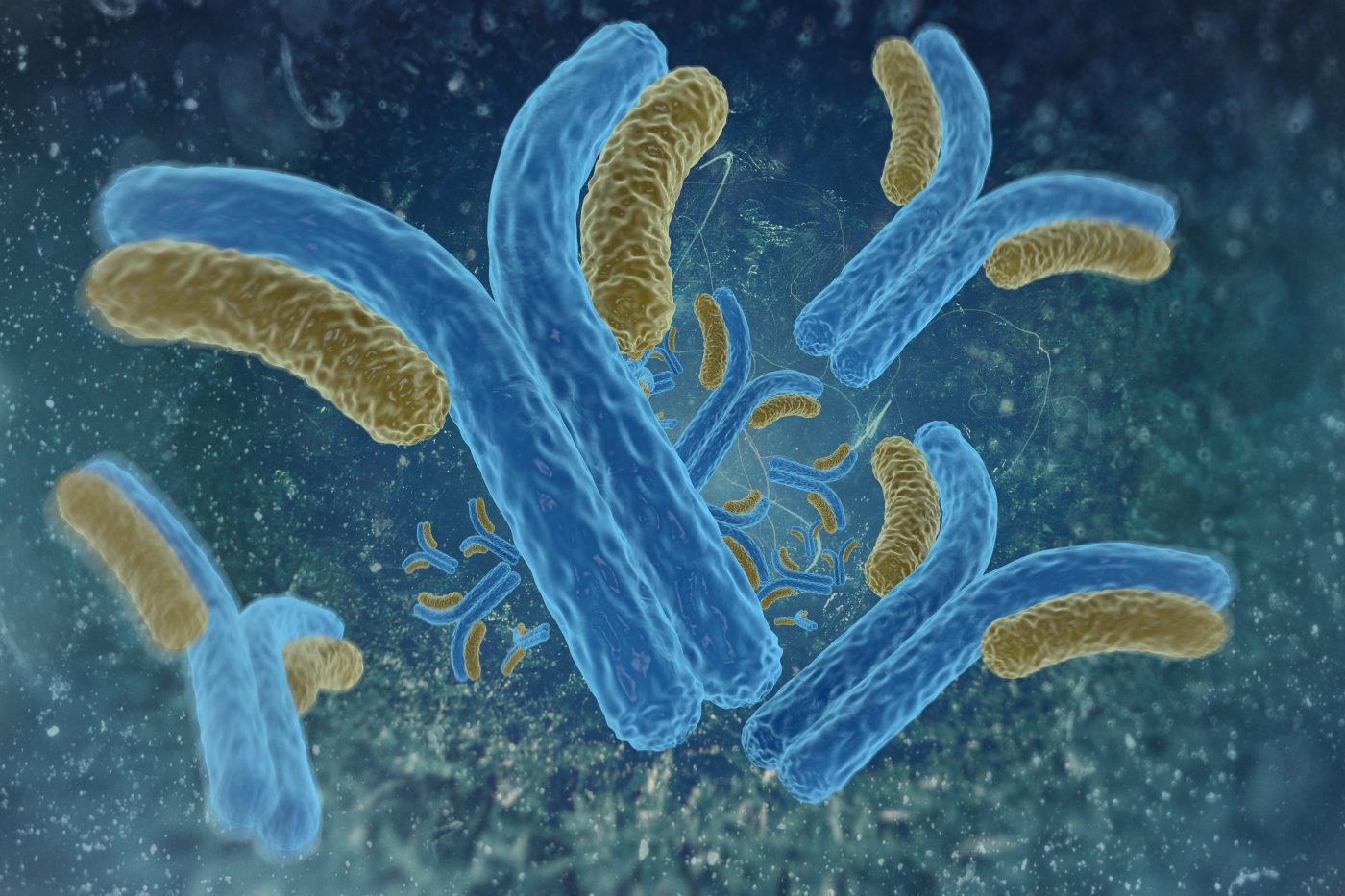Mechanisms Underlying Autoimmunity Development
Written by |

A team led by researchers at The University of Texas MD Anderson Cancer Center recently revealed new insights into the mechanisms underlying the development of autoimmunity in animal models of systemic lupus erythematosus (SLE). The study was recently published in the journal Cell Reports and is entitled “Neutrophils Regulate Humoral Autoimmunity by Restricting Interferon-γ Production via the Generation of Reactive Oxygen Species”.
Autoimmune diseases are characterized by an overreaction of the body’s own immune system that leads to the attack of healthy tissues, such as joints and organs, resulting in inflammation, pain, disability and often in tissue destruction. The causes underlying autoimmune diseases are poorly understood. Abnormal innate immune responses are known to play a key role in inducing autoimmune adaptive immune responses in autoimmune diseases, exacerbating disease pathogenesis.
An immune type I interferon (IFN-I) response is typically found in patients with SLE, a severe autoimmune disease in which the body’s own immune system overreacts and attacks healthy joints and organs through autoantibodies, affecting multiple organs including the skin, musculoskeletal system, kidneys and central nervous system. An IFN-I-stimulated gene profile has been reported as significantly correlated with the levels of autoantibodies in these patients and disease severity. The IFN-II family, represented by IFN-gamma, is also involved in SLE pathology.
Plasmacytoid dendritic cells (pDCs) correspond to a subset of important immune dendritic cells that can produce high amounts of IFN-I. In SLE patients, pDCs are a major source of abnormal IFN-I levels triggered by autoantibodies.
In the study, researchers analyzed the mechanisms through which IFN-I and pDCs actually promote antibody autoimmune responses. As part of the response, it is known that the levels of neutrophils are also increased. Neutrophils are abundant innate immune cells that can quickly infiltrate sites of injury or infection providing protection against pathogens. In the study, researchers also investigated the possible role of neutrophils in the development of autoantibodies.
The team used experimental autoimmune animal models characterized by a lupus-like syndrome. They found that neutrophil depletion enhanced autoantibody development, which was linked to an increased IFN-gamma production by specific cells called natural killer (NK) cells. pDCs produce IFN-alpha/beta that activate these NK cells through induction of a molecule called interleukin (IL)-15.
Neutrophils can release harmful reactive oxygen species (ROS), which have a negative impact in the levels of IL-15, consequently inhibiting IFN-gamma productionm which is linked to the generation of autoantibodies. Mice models with a mutation that impairs neutrophil function have reduced ROS production, increased levels of IFN-gamma and increased autoantibody levels, leading to a more severe SLE phenotype.
The research team concluded that both the pDC-IFN-alpha/beta pathway and the NK-IFN-gamma pathway are part of a powerful innate immune activation cascade important for the development of autoimmunity and SLE. The team also demonstrated that neutrophils can interfere with this cascade by limiting the magnitude of IFN-alpha/beta-stimulated autoimmunity through a decrease in IL-15 expression.
The authors believe that both IFN-I and IFN-II are implicated in SLE and propose a model in which a sequential link between type I and type II IFN contribute for autoimmunity. The team emphasizes that a successful SLE treatment should be based on the blockade of both IFN families.




